Art Lew
Holger Mauch
Dynamic Programming
A Computational Tool
With 55 Figures and 5 Tables
123
�
Computer Sciences
and
Prof. Art Lew
Department of Information
University of Hawaii at Manoa
1680 East-West Road
Honolulu, HI
96822
USA
E-mail: artlew@hawaii.edu
Dr. Holger Mauch
Department of Computer Science
Natural Sciences Collegium
Eckerd College
4200, 54th Ave. S.
Saint Petersburg, FL
USA
E-mail: mauchh@eckerd.edu
33711
Library of Congress Control Number: 2006930743
ISSN print edition: 1860-949X
ISSN electronic edition: 1860-9503
ISBN-10 3-540-37013-7 Springer Berlin Heidelberg New York
ISBN-13 978-3-540-37013-0 Springer Berlin Heidelberg New York
j
j
g
g
p
p
py g
py g
y
y
This work is subject to copyright. All rights are reserved, whether the whole or part of the mate-
rial is concerned, specifically the rights of tran
slation, reprinting, reuse of illustrations, recita-
y
y
tion, broadcasting, reproduction on microfilm or in any other way, and storage in data banks.
Duplication of this publication
ly under the provisions of the
y
p
p
German Copyright Law of Septem
ber 9, 1965, in its current version, and permission for use
p
must always be obtained from Springer-Verlag. Violations are liable to prosecution under the
German Copyright Law.
or parts thereof is permitted on
py g
py g
g
g
pp
pp
p
p
p
p
g
g
g
g
yy
p
p
y
gg
pp
Springer is a part of Springer Science+Business Media
springer.com
Springer-Verlag Berlin Heidelberg 2007
p
gg
gg
The use of general descriptive names, registered names, trademarks, etc. in this publication
does not imply, even in the absence of a specific statement, that such names are exempt from
the relevant protective laws and regulations and therefore free for general use.
g
g
p y
p y
g
g
p
p
p
p
pp
g
Cover design: deblik, Berlin
Typesetting by the authors and SPi
Printed
dd on acid-ffree paper SPIN: 11550860
d
89/SPi
5 4 3 2 1 0
©
©
�
To the Bellman Continuum, in memory of Richard Bellman. A.L.
To my family. H.M.
�
Preface
Dynamic programming has long been applied to numerous areas in mathe-
matics, science, engineering, business, medicine, information systems, bio-
mathematics, artificial intelligence, among others. Applications of dynamic
programming have increased as recent advances have been made in areas such
as neural networks, data mining, soft computing, and other areas of compu-
tational intelligence. The value of dynamic programming formulations and
means to obtain their computational solutions has never been greater.
This book describes the use of dynamic programming as a computational
tool to solve discrete optimization problems.
(1) We first formulate large classes of discrete optimization problems in
dynamic programming terms, specifically by deriving the dynamic program-
ming functional equations (DPFEs) that solve these problems. A text-based
language, gDPS, for expressing these DPFEs is introduced. gDPS may be
regarded as a high-level specification language, not a conventional procedural
computer programming language, but which can be used to obtain numerical
solutions.
(2) We then define and examine properties of Bellman nets, a class of Petri
nets that serves both as a formal theoretical model of dynamic programming
problems, and as an internal computer data structure representation of the
DPFEs that solve these problems.
(3) We also describe the design, implementation, and use of a software tool,
called DP2PN2Solver, for solving DPFEs. DP2PN2Solver may be regarded as
a program generator, whose input is a DPFE, expressed in the input specifi-
cation language gDPS and internally represented as a Bellman net, and whose
output is its numerical solution that is produced indirectly by the generation
of “solver” code, which when executed yields the desired solution.
This book should be of value to different classes of readers: students, in-
structors, practitioners, and researchers. We first provide a tutorial intro-
duction to dynamic programming and to Petri nets. For those interested in
dynamic programming, we provide a useful software tool that allows them to
obtain numerical solutions. For researchers having an interest in the fields of
�
VIII
Preface
dynamic programming and Petri nets, unlike most past work which applies
dynamic programming to solve Petri net problems, we suggest ways to apply
Petri nets to solve dynamic programming problems.
For students and instructors of courses in which dynamic programming
is taught, usually as one of many other problem-solving methods, this book
provides a wealth of examples that show how discrete optimization problems
can be formulated in dynamic programming terms. Dynamic programming
has been and continues to be taught as an “art”, where how to use it must
be learned by example, there being no mechanical way to apply knowledge
of the general principles (e.g., the principle of optimality) to new unfamiliar
problems. Experience has shown that the greater the number and variety
of problems presented, the easier it is for students to apply general concepts.
Thus, one objective of this book is to include many and more diverse examples.
A further distinguishing feature of this book is that, for all of these examples,
we not only formulate the DP equations but also show their computational
solutions, exhibiting computer programs (in our specification language) as well
as providing as output numerical answers (as produced by the automatically
generated solver code).
In addition, we provide students and instructors with a software tool
(DP2PN2Solver) that enables them to obtain numerical solutions of dynamic
programming problems without requiring them to have much computer pro-
gramming knowledge and experience. This software tool can be downloaded
from either of the following websites:
http://natsci.eckerd.edu/∼mauchh/Research/DP2PN2Solver
http://www2.hawaii.edu/∼icl/DP2PN2Solver
Further information is given in Appendix B. Having such software support
allows them to focus on dynamic programming rather than on computer pro-
gramming. Since many problems can be solved by different dynamic program-
ming formulations, the availability of such a computational tool, that makes it
easier for readers to experiment with their own formulations, is a useful aid
to learning.
The DP2PN2Solver tool also enables practitioners to obtain numerical
solutions of dynamic programming problems of interest to them without
requiring them to write conventional computer programs. Their time, of
course, is better spent on problem formulation and analysis than on program
design and debugging. This tool allows them to verify that their formulations
are correct, and to revise them as may be necessary in their problem solving
efforts. The main limitation of this (and any) dynamic programming tool for
many practical problems is the size of the state space. Even in this event,
the tool may prove useful in the formulation stage to initially test ideas on
simplified scaled-down problems.
As a program generator, DP2PN2Solver is flexible, permitting alternate
front-ends and back-ends. Inputs other than in the gDPS language are possi-
ble. Alternative DPFE specifications can be translated into gDPS or directly
�
Preface
IX
into Bellman nets. Output solver code (i.e., the program that numerically
solves a given DPFE) may be in alternative languages. The solver code
emphasized in this book is Java code, largely because it is universally and
freely available on practically every platform. We also discuss solver codes for
spreadsheet systems and Petri net simulators. By default, the automatically
generated solver code is hidden from the average user, but it can be inspected
and modified directly by users if they wish.
Furthermore, this book describes research into connections between
dynamic programming and Petri nets. It was our early research into such
connections that ultimately lead to the concept of Bellman nets, upon which
the development of our DP2PN2Solver tool is based. We explain here the
underlying ideas associated with Bellman nets. Researchers interested in dy-
namic programming or Petri nets will find many open questions related to this
work that suggest avenues of future research. For example, additional research
might very likely result in improvements in the DP2PN2Solver tool, such as
to address the state-space size issue or to increase its diagnostic capabilities.
Every other aspect of this work may benefit from additional research.
Thus, we expect the DP2PN2Solver tool described in this book to un-
dergo revisions from time to time. In fact, the tool was designed modularly
to make it relatively easy to modify. As one example, changes to the gDPS
specification language syntax can be made by simply revising its BNF defi-
nition since we use a compiler-compiler rather than a compiler to process it.
Furthermore, alternate input languages (other than gDPS) and solver codes
(other than Java) can be added as optional modules, without changing the
existing modules. We welcome suggestions from readers on how the tool (or
its description) can be improved. We may be contacted at artlew@hawaii.edu
or mauchh@eckerd.edu. Updates to the software and to this book, including
errata, will be placed on the aforementioned websites.
Acknowledgements. The authors wish to thank Janusz Kacprzyk for
including this monograph in his fine series of books. His encouragement has
been very much appreciated.
Honolulu, June 2006,
St. Petersburg, June 2006,
Art Lew
Holger Mauch
�
Contents
Part I Dynamic Programming
1
3
Introduction to Dynamic Programming . . . . . . . . . . . . . . . . . . . .
5
Principles of Dynamic Programming . . . . . . . . . . . . . . . . . . . . . .
1.1
6
1.1.1
Sequential Decision Processes . . . . . . . . . . . . . . . . . . . . .
9
1.1.2 Dynamic Programming Functional Equations . . . . . . . .
The Elements of Dynamic Programming . . . . . . . . . . . . 11
1.1.3
Application: Linear Search . . . . . . . . . . . . . . . . . . . . . . . . 12
1.1.4
Problem Formulation and Solution . . . . . . . . . . . . . . . . . 14
1.1.5
State Transition Graph Model . . . . . . . . . . . . . . . . . . . . . 17
1.1.6
Staged Decisions . . . . . . . . . . . . . . . . . . . . . . . . . . . . . . . . . 19
1.1.7
Path-States . . . . . . . . . . . . . . . . . . . . . . . . . . . . . . . . . . . . . 21
1.1.8
1.1.9
Relaxation . . . . . . . . . . . . . . . . . . . . . . . . . . . . . . . . . . . . . . 22
1.1.10 Shortest Path Problems . . . . . . . . . . . . . . . . . . . . . . . . . . 23
1.1.11 All-Pairs Shortest Paths . . . . . . . . . . . . . . . . . . . . . . . . . . 29
1.1.12 State Space Generation . . . . . . . . . . . . . . . . . . . . . . . . . . . 30
1.1.13 Complexity . . . . . . . . . . . . . . . . . . . . . . . . . . . . . . . . . . . . . 31
1.1.14 Greedy Algorithms . . . . . . . . . . . . . . . . . . . . . . . . . . . . . . . 32
1.1.15 Probabilistic DP . . . . . . . . . . . . . . . . . . . . . . . . . . . . . . . . . 32
1.1.16 Nonoptimization Problems . . . . . . . . . . . . . . . . . . . . . . . . 33
1.1.17 Concluding Remarks . . . . . . . . . . . . . . . . . . . . . . . . . . . . . 34
Computational Solution of DPFEs . . . . . . . . . . . . . . . . . . . . . . . . 34
Solution by Conventional Programming . . . . . . . . . . . . . 35
1.2.1
The State-Decision-Reward-Transformation Table . . . . 36
1.2.2
Code Generation . . . . . . . . . . . . . . . . . . . . . . . . . . . . . . . . 38
1.2.3
1.2.4
Spreadsheet Solutions . . . . . . . . . . . . . . . . . . . . . . . . . . . . 38
Example: SPA . . . . . . . . . . . . . . . . . . . . . . . . . . . . . . . . . . . 40
1.2.5
1.2.6
Concluding Remarks . . . . . . . . . . . . . . . . . . . . . . . . . . . . . 42
1.3 Overview of Book . . . . . . . . . . . . . . . . . . . . . . . . . . . . . . . . . . . . . . . 42
1.2
�
XII
Contents
2 Applications of Dynamic Programming . . . . . . . . . . . . . . . . . . . . 45
2.1 Optimal Allotment Problem (ALLOT) . . . . . . . . . . . . . . . . . . . . 49
2.2
All-Pairs Shortest Paths Problem (APSP) . . . . . . . . . . . . . . . . . . 50
2.3 Optimal Alphabetic Radix-Code Tree Problem (ARC) . . . . . . . 51
2.4
Assembly Line Balancing (ASMBAL) . . . . . . . . . . . . . . . . . . . . . 52
2.5 Optimal Assignment Problem (ASSIGN) . . . . . . . . . . . . . . . . . . . 54
2.6 Optimal Binary Search Tree Problem (BST) . . . . . . . . . . . . . . . 55
2.7 Optimal Covering Problem (COV)
. . . . . . . . . . . . . . . . . . . . . . . 57
2.8 Deadline Scheduling Problem (DEADLINE) . . . . . . . . . . . . . . . . 57
2.9 Discounted Profits Problem (DPP) . . . . . . . . . . . . . . . . . . . . . . . . 58
2.10 Edit Distance Problem (EDP) . . . . . . . . . . . . . . . . . . . . . . . . . . . . 59
2.11 Fibonacci Recurrence Relation (FIB) . . . . . . . . . . . . . . . . . . . . . . 60
2.12 Flowshop Problem (FLOWSHOP) . . . . . . . . . . . . . . . . . . . . . . . . 61
2.13 Tower of Hanoi Problem (HANOI) . . . . . . . . . . . . . . . . . . . . . . . . 62
Integer Linear Programming (ILP) . . . . . . . . . . . . . . . . . . . . . . . . 63
2.14
2.15
Integer Knapsack as ILP Problem (ILPKNAP) . . . . . . . . . . . . . 64
Interval Scheduling Problem (INTVL) . . . . . . . . . . . . . . . . . . . . . 64
2.16
2.17
Inventory Problem (INVENT) . . . . . . . . . . . . . . . . . . . . . . . . . . . . 66
2.18 Optimal Investment Problem (INVEST) . . . . . . . . . . . . . . . . . . . 67
2.19
Investment: Winning in Las Vegas Problem (INVESTWLV) . . 68
2.20
0/1 Knapsack Problem (KS01) . . . . . . . . . . . . . . . . . . . . . . . . . . . 69
2.21 COV as KSINT Problem (KSCOV) . . . . . . . . . . . . . . . . . . . . . . . 70
2.22
Integer Knapsack Problem (KSINT) . . . . . . . . . . . . . . . . . . . . . . . 70
2.23 Longest Common Subsequence (LCS) . . . . . . . . . . . . . . . . . . . . . 71
2.24 Optimal Linear Search Problem (LINSRC) . . . . . . . . . . . . . . . . . 73
2.25 Lot Size Problem (LOT) . . . . . . . . . . . . . . . . . . . . . . . . . . . . . . . . . 73
2.26 Longest Simple Path Problem (LSP) . . . . . . . . . . . . . . . . . . . . . . 74
2.27 Matrix Chain Multiplication Problem (MCM) . . . . . . . . . . . . . . 75
2.28 Minimum Maximum Problem (MINMAX) . . . . . . . . . . . . . . . . . 75
2.29 Minimum Weight Spanning Tree Problem (MWST) . . . . . . . . . 77
2.30 The Game of NIM (NIM) . . . . . . . . . . . . . . . . . . . . . . . . . . . . . . . . 78
2.31 Optimal Distribution Problem (ODP) . . . . . . . . . . . . . . . . . . . . . 80
2.32 Optimal Permutation Problem (PERM) . . . . . . . . . . . . . . . . . . . 81
2.33 Jug-Pouring Problem (POUR) . . . . . . . . . . . . . . . . . . . . . . . . . . . . 82
2.34 Optimal Production Problem (PROD) . . . . . . . . . . . . . . . . . . . . . 83
2.35 Production: Reject Allowances Problem (PRODRAP) . . . . . . . 84
2.36 Reliability Design Problem (RDP) . . . . . . . . . . . . . . . . . . . . . . . . 84
2.37 Replacement Problem (REPLACE) . . . . . . . . . . . . . . . . . . . . . . . 85
2.38 Stagecoach Problem (SCP) . . . . . . . . . . . . . . . . . . . . . . . . . . . . . . . 86
2.39 Seek Disk Scheduling Problem (SEEK) . . . . . . . . . . . . . . . . . . . . 87
2.40 Segmented Curve Fitting Problem (SEGLINE) . . . . . . . . . . . . . 88
2.41 Program Segmentation Problem (SEGPAGE) . . . . . . . . . . . . . . 91
2.42 Optimal Selection Problem (SELECT) . . . . . . . . . . . . . . . . . . . . 94
2.43 Shortest Path in an Acyclic Graph (SPA) . . . . . . . . . . . . . . . . . . 95
2.44 Shortest Path in an Cyclic Graph (SPC) . . . . . . . . . . . . . . . . . . . 95
�
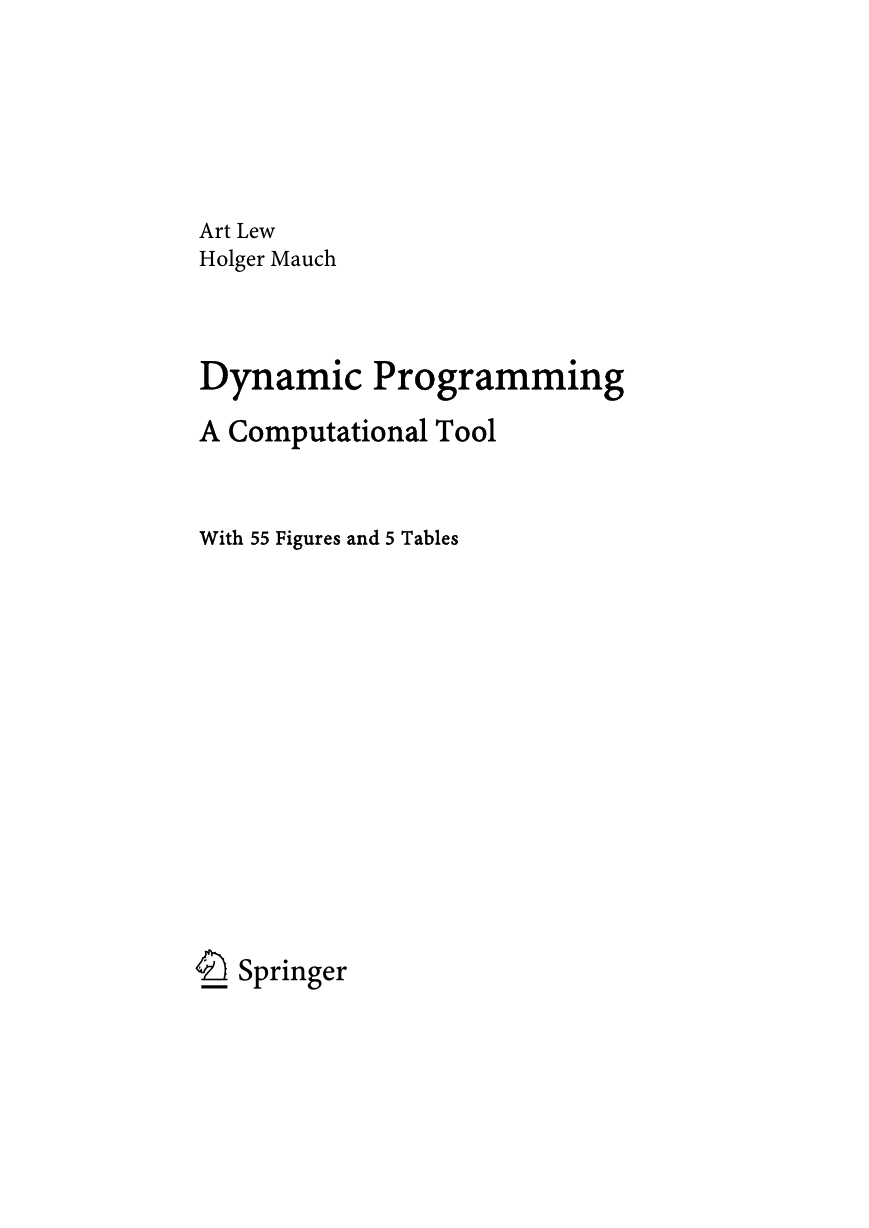
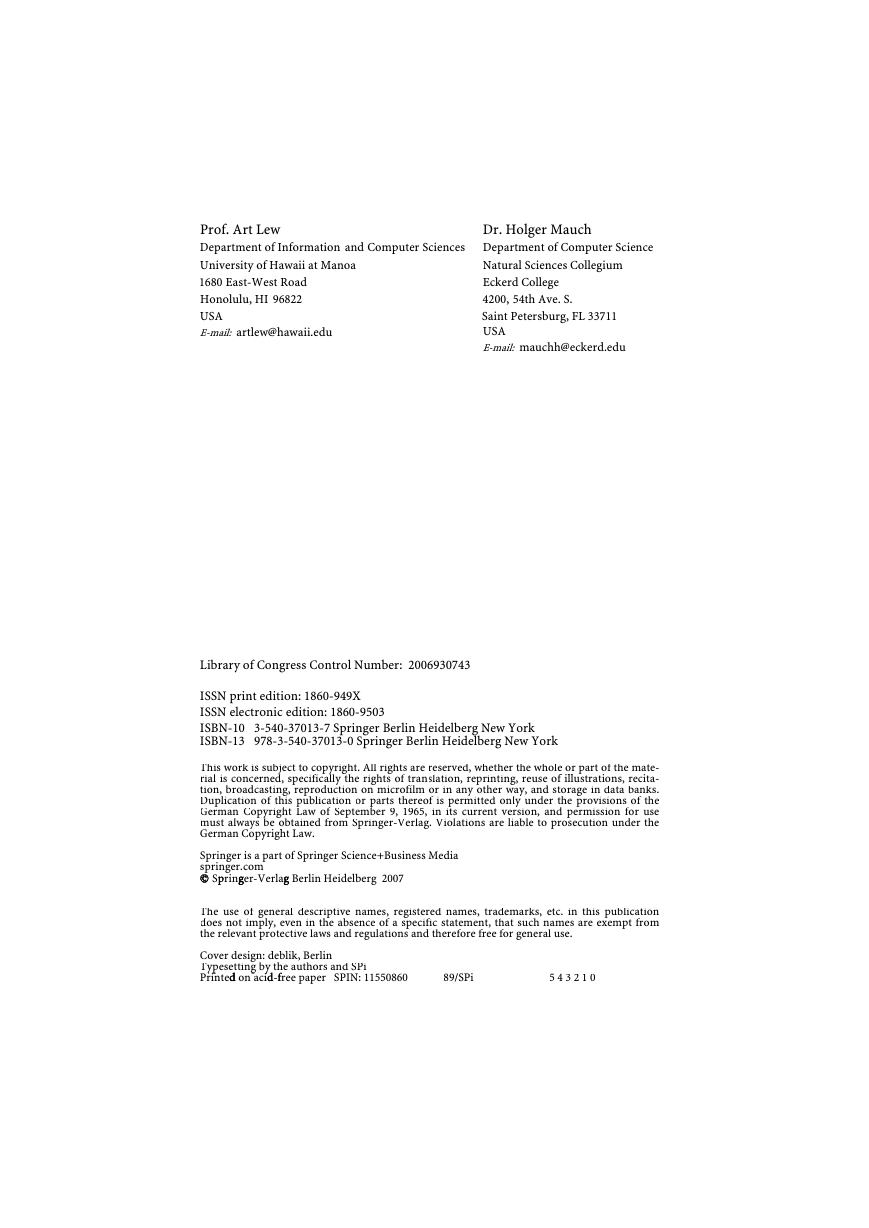

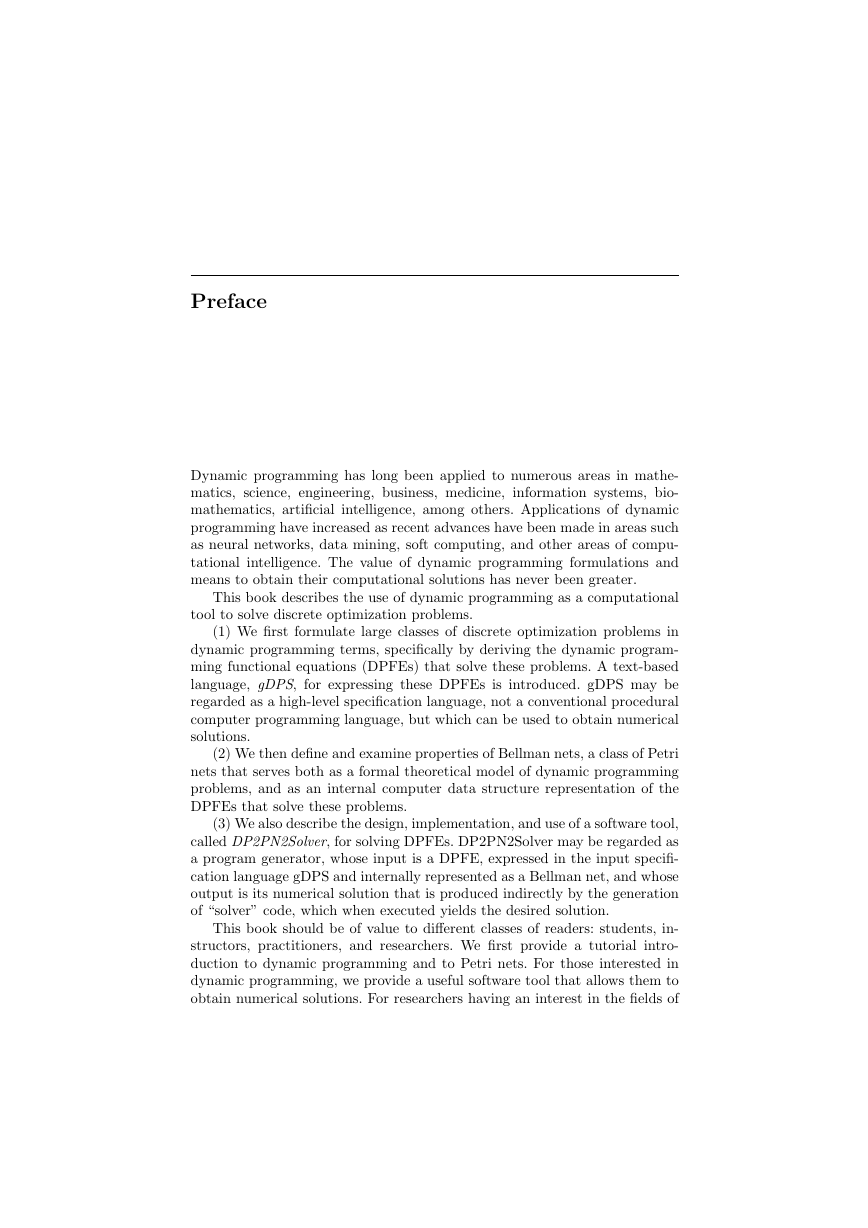
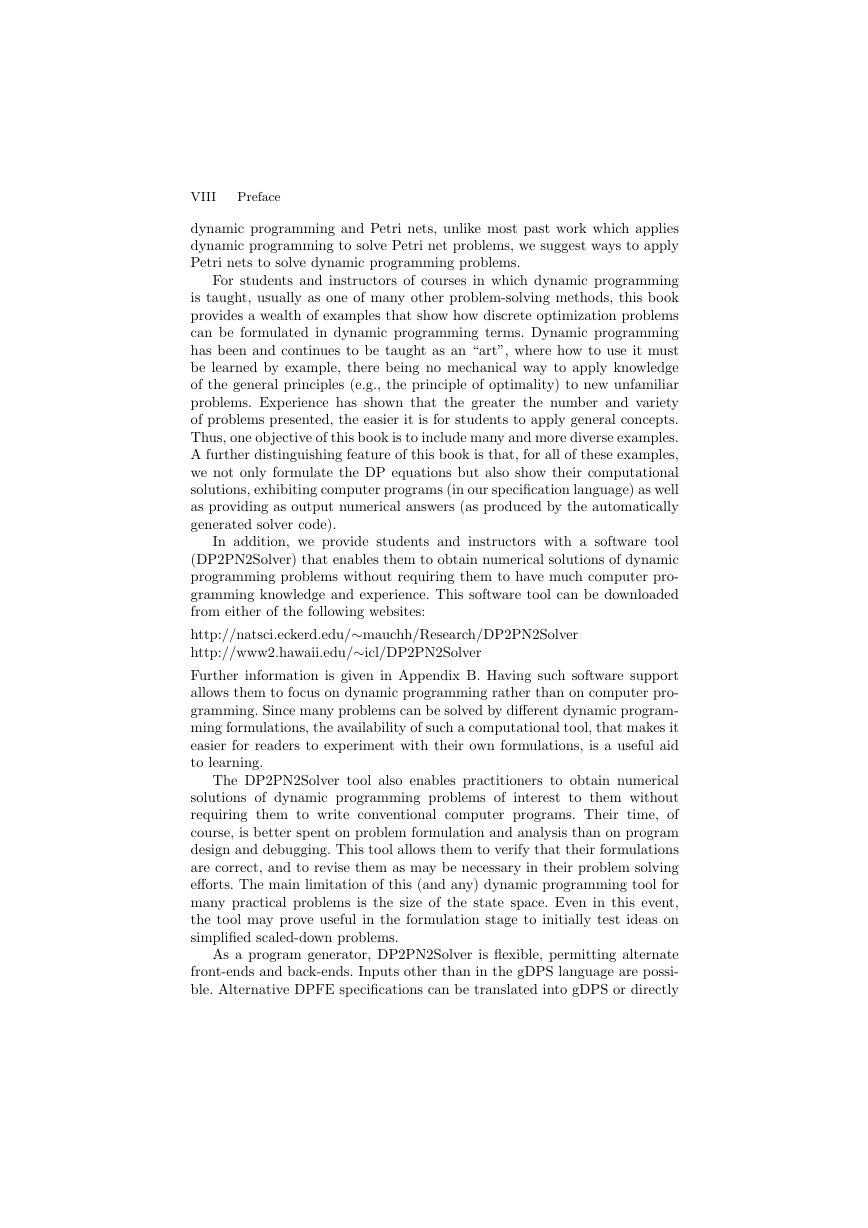
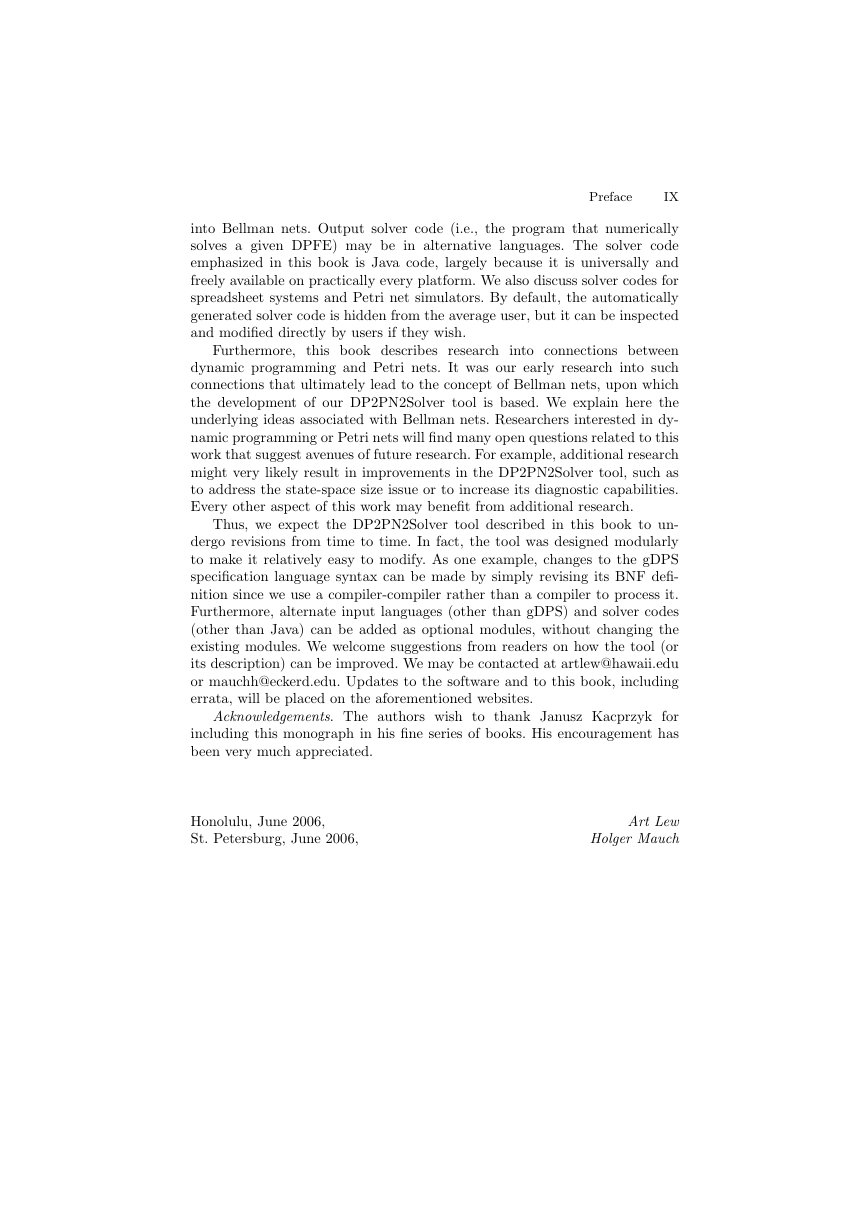

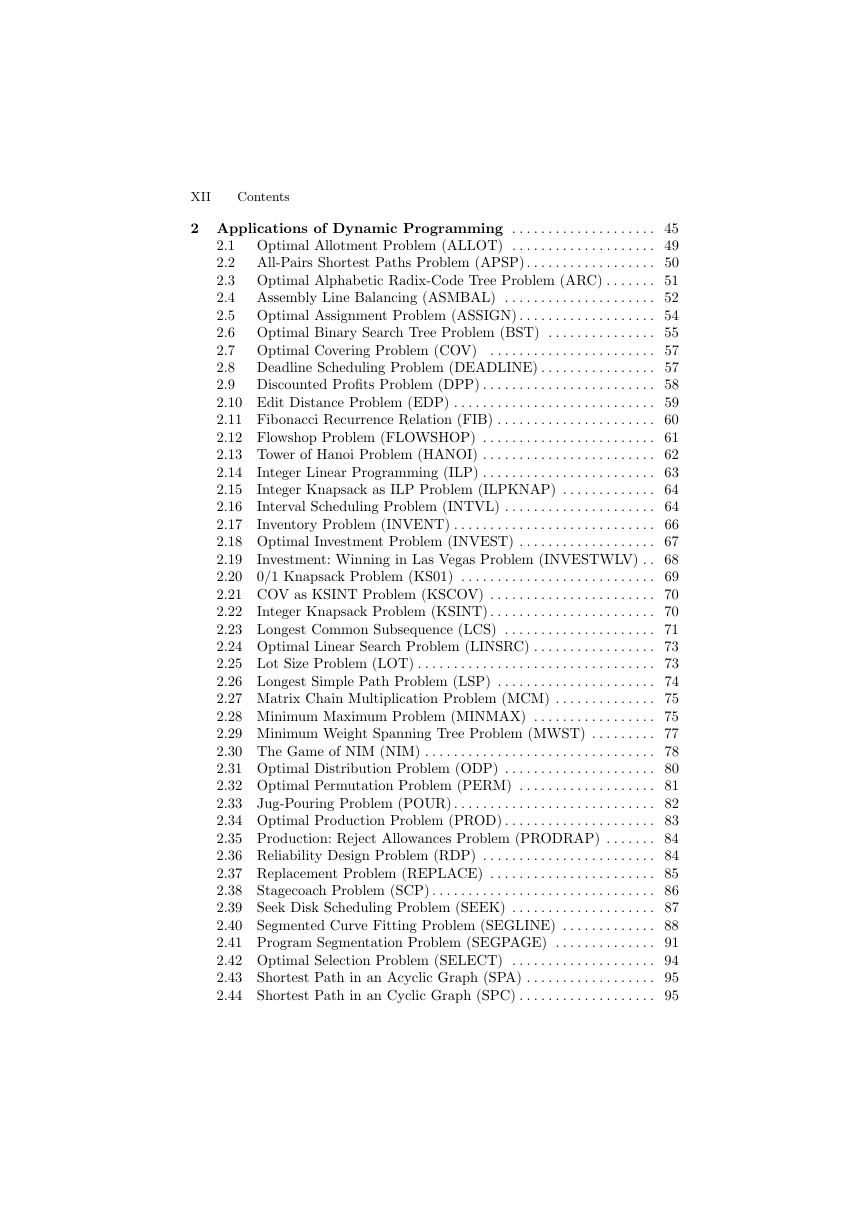








 2023年江西萍乡中考道德与法治真题及答案.doc
2023年江西萍乡中考道德与法治真题及答案.doc 2012年重庆南川中考生物真题及答案.doc
2012年重庆南川中考生物真题及答案.doc 2013年江西师范大学地理学综合及文艺理论基础考研真题.doc
2013年江西师范大学地理学综合及文艺理论基础考研真题.doc 2020年四川甘孜小升初语文真题及答案I卷.doc
2020年四川甘孜小升初语文真题及答案I卷.doc 2020年注册岩土工程师专业基础考试真题及答案.doc
2020年注册岩土工程师专业基础考试真题及答案.doc 2023-2024学年福建省厦门市九年级上学期数学月考试题及答案.doc
2023-2024学年福建省厦门市九年级上学期数学月考试题及答案.doc 2021-2022学年辽宁省沈阳市大东区九年级上学期语文期末试题及答案.doc
2021-2022学年辽宁省沈阳市大东区九年级上学期语文期末试题及答案.doc 2022-2023学年北京东城区初三第一学期物理期末试卷及答案.doc
2022-2023学年北京东城区初三第一学期物理期末试卷及答案.doc 2018上半年江西教师资格初中地理学科知识与教学能力真题及答案.doc
2018上半年江西教师资格初中地理学科知识与教学能力真题及答案.doc 2012年河北国家公务员申论考试真题及答案-省级.doc
2012年河北国家公务员申论考试真题及答案-省级.doc 2020-2021学年江苏省扬州市江都区邵樊片九年级上学期数学第一次质量检测试题及答案.doc
2020-2021学年江苏省扬州市江都区邵樊片九年级上学期数学第一次质量检测试题及答案.doc 2022下半年黑龙江教师资格证中学综合素质真题及答案.doc
2022下半年黑龙江教师资格证中学综合素质真题及答案.doc